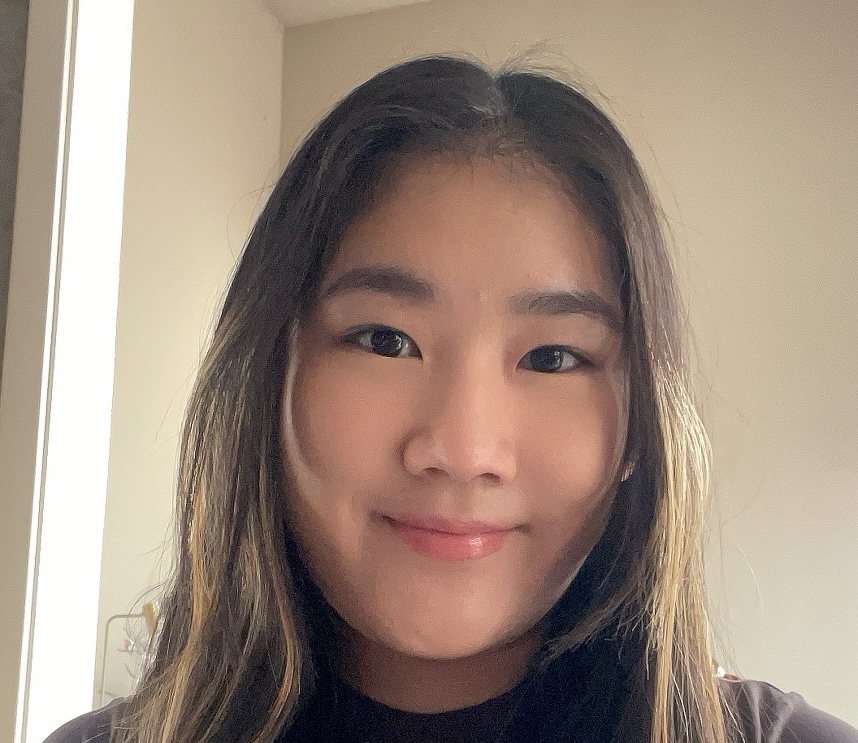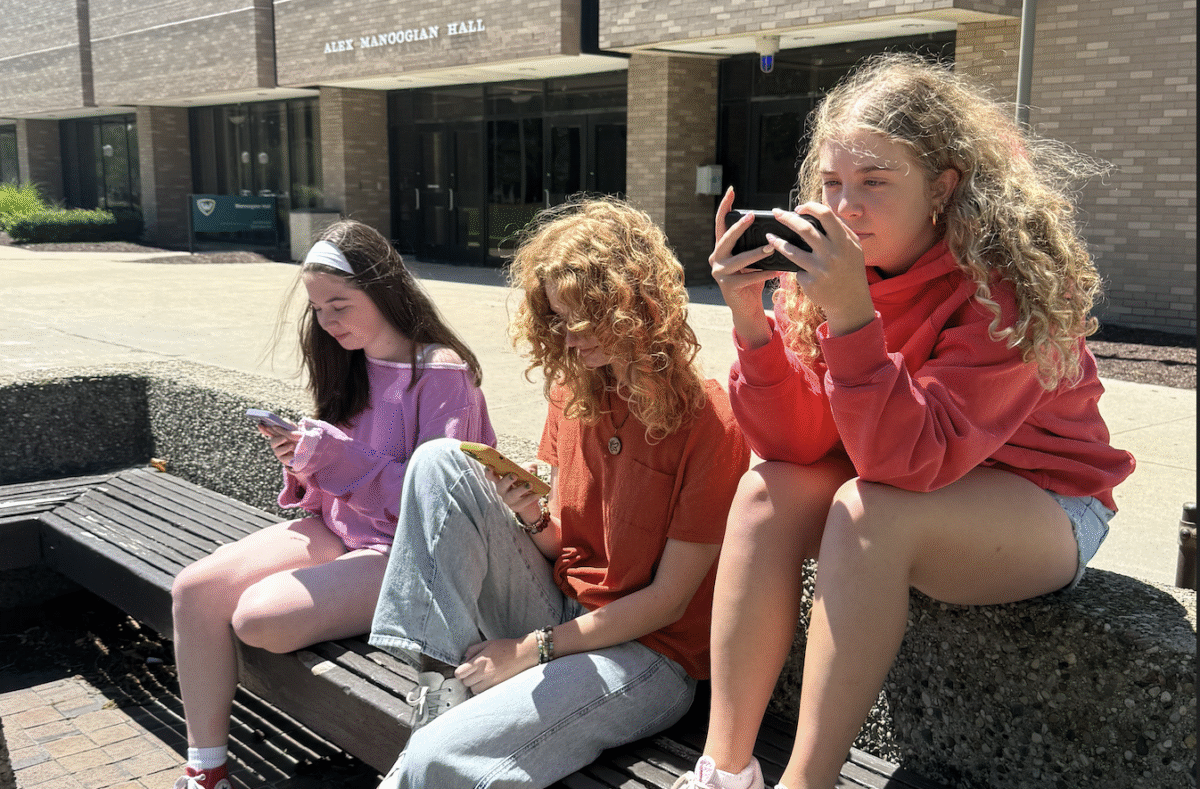by Sharon Chang

This piece is part of the Detroit Journalism Summer Camp, run by The Detroit Writing Room in partnership with Planet Detroit.
This summer, season 7 of Peacock’s reality dating series “Love Island USA” has taken America by storm, bringing a group of hot singles together in a villa in Fiji to couple up and compete for America’s favorite — and $100,000.
Amid the drama, angst and backstabs surrounding every episode, many viewers couldn’t help but notice: All the contestants look strikingly similar. From lash clusters and lip fillers to hair extensions, all the female contestants embody a specific American beauty standard of long hair and dewy skin. But, how much of it is natural? And how much money went into their appearances behind-the-scenes?
As teens scroll through social media and binge reality shows, these curated images can shape how they see themselves. Reality TV and social media have historically targeted young populations.
Platforms like Instagram and TikTok, along with shows like “Keeping Up With the Kardashians” and “Love Island,” target teenagers, depicting women who base their worth on their beauty and appearance. These shows have had an undeniable effect on audiences in both positive and negative aspects.
Erin Meyers, professor of communication and assistant director of the Women and Gender Studies Program at Oakland University, warns that although celebrity influence has always been prevalent, social media has made it more intense.
“Celebrity fandoms have always been a part of youth culture. It influences people to look up to someone stylistically for their fashion, and also for their general lifestyle,” Meyers says. “I think that social media has really intensified that with celebrity overall, because on one hand, it’s expanded the idea of who counts as a celebrity, as well as made every part of a celebrity’s life more visible and up for grabs for people.”
While Meyers acknowledges the positives of social media to create a platform to discuss important issues, she says it has also opened up a lot more potentially negative consequences for a person’s mindset and mental health. She notes a comparison culture, where people say, “Why am I not like them? Or I can’t be happy unless I look exactly like celebrity XYZ.”
Due to these comparisons of unrealistic beauty standards seen in the media, some social media users suffer from self confidence.
“Social media certainly plays a role in how people are describing their anxieties about how they view themselves compared to others,” says Amalia Miralrio, a licensed therapist at Amity Detroit Counseling. “(Their anxieties) are not caused directly by social media, but these insecurities play out in their relationship with social media, and social media certainly does not help.”
Research supports Miralrio’s perspective. In addition to anxiety, low self-esteem, body dysmorphia and eating disorders have risen in teens as they are exposed to highly edited photos, making it difficult to resist comparison. Last year, NBC News reported on the “Love Island Effect,” a movement that started as a result of the 11th season of “Love Island U.K.” influencing young women to get cosmetic enhancements. To put it in numbers, a 2024 study by the American Society of Plastic Surgeons found 23,348 cosmetic procedures — including nose reshaping and liposuction — were performed on ages 19 and under nationwide, the same year NBC news published the article.
For younger tweens, the beauty standard portrayed on reality TV and social media can influence their use of adult cosmetics.
“I’ve definitely seen younger kids go to Sephora when they’re 11 or 12, and I think that’s a little too young,” says Ann Arbor resident Minji Kang, a 17-year-old social media user. “I didn’t really like the Drunk Elephant trend where kids were putting stuff on their skin,” she adds. “I don’t think it’s good because there’s so many chemicals. I don’t think it’s appropriate, especially for their age.”
Drunk Elephant is a skin care cosmetics brand. Some chemicals in their products include niacinamide, hyaluronic acid, retinol and other peptides for anti-aging benefits, which some feel are unnecessary for kids. However, due to their bright and playful packaging, many children began buying these products after seeing older social media influencers use them.
All mental health and behavioral challenges can’t be blamed on social media. However, statistics show it does have an impact and shouldn’t be ignored. Despite its correlation, Miralrio warns that banning social media is not the best idea.
“I’m generally not a fan of government regulations of what’s happening online because that kind of censorship can be tricky,” she says, adding that it’s important for children to feel connected to their social group by engaging on social media.
As social media becomes more prevalent and technology improves day by day, it’s important to learn the risks of the media, and what could be done to minimize them. Miralrio encourages parents to help children establish developmentally appropriate media literacy, making sure they understand what they’re seeing and ensuring that kids get positive feedback about who they are.

Sharon likes to play cello, cheerlead, and write stories. She discovered her passion for writing her freshman year when she joined her school’s newspaper, and has written for it ever since. Sharon also has a big passion for the sciences, and plans to major in Biomedical Engineering in college. She joined the journalism camp to break out of her shell, and to learn more about the community around her. She hopes to use this experience to learn more about the profession and talk to other passionate people.


